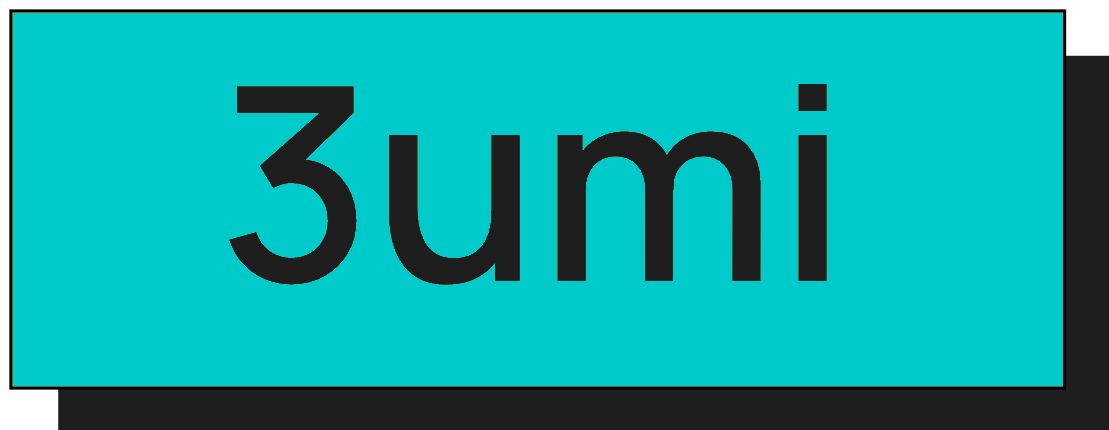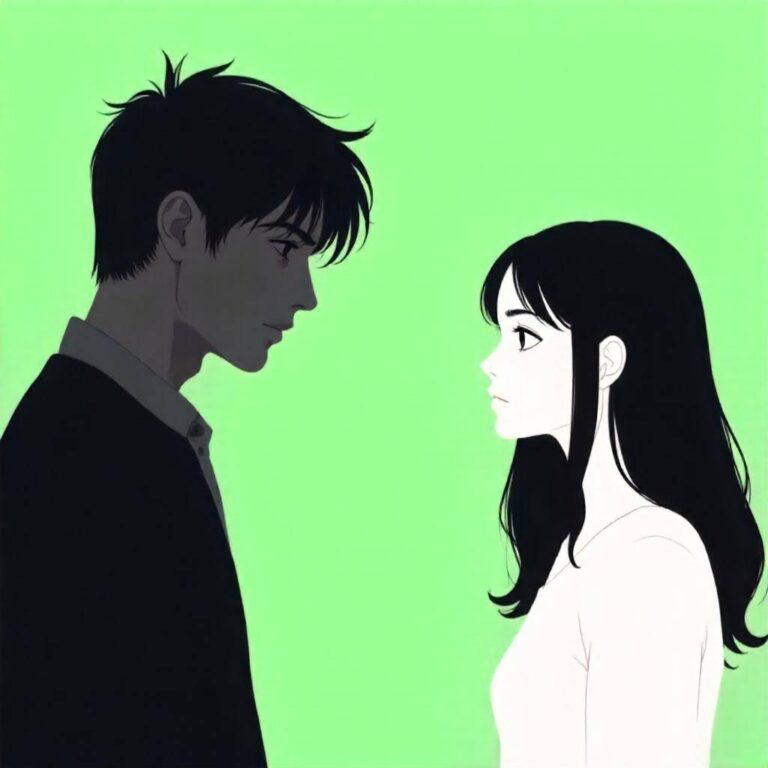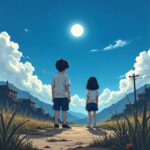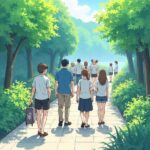Reader’s Question:
Why hasn’t the graphic content in the anime movie “Demon Slayer” become a social issue, even though it has been a huge hit? When I was a child, the graphic scenes in “Princess Mononoke” caused a significant social outcry. I remember being traumatized by it and couldn’t sleep after
watching it. I believe that children’s sensibilities haven’t changed. So, why is “Demon Slayer,” which is also aimed at kids, accepted without criticism from the media or parent-teacher associations? Just to clarify, I’m not against “Demon Slayer,” so fans can rest assured.
Why Isn’t “Demon Slayer” Facing the Same Backlash as “Princess Mononoke”?
Ah, “Demon Slayer,” the anime that took the world by storm! If you haven’t heard of it, you may have been living under a rock—or maybe just not tuned into the anime community. But with all the praise and love it gets, a question arises: Why hasn’t “Demon Slayer,” with its graphic content, sparked the same social outrage that movies like “Princess Mononoke” did?
I can still vividly remember watching “Princess Mononoke” as a kid. It was a beautiful yet harrowing experience. The graphics, the blood, and the sheer intensity of it all left an impression on my young mind that I still think about today. I mean, who could forget that scene where the boar god turns into a monster? It’s haunting! For a long time, I couldn’t sleep after watching that film. It struck me as both an epic tale and a terrifying one at the same time.
Times Have Changed
Fast forward a couple of decades, and here we are with “Demon Slayer.” The landscape of anime has changed significantly. For starters, “Demon Slayer” carries a PG-12 rating. This means that it’s intended for viewers aged 12 and up, which is a crucial distinction. Back when “Princess Mononoke” was released, the standards and systems for rating content were quite different. They were still figuring out how to classify these things, and graphic scenes were often just part of the package.
A lot of people might argue that children’s sensibilities haven’t changed, and I can see their point. But I think it’s essential to consider how we view and consume media today. The rating system now offers parents a guideline. If they decide to let their kids watch “Demon Slayer,” they do so knowing it may contain graphic content. Parents have more control now, and with it comes responsibility.
Where’s the Outcry?
The curious thing is that, despite its popularity and graphic scenes, “Demon Slayer” hasn’t received the same level of scrutiny as “Princess Mononoke.” Some folks might scratch their heads and ask, “Why is this anime, filled with bloody battles and demons, accepted without criticism?” Well, let’s take a closer look at what’s been happening.
For one, we have to consider that “Demon Slayer” is part of a broader trend. Over the years, graphic content in anime has become somewhat normalized. Take shows like “Attack on Titan,” which preceded “Demon Slayer.” It was filled to the brim with gore and violence, yet did not cause widespread outrage. It seems like audiences have adjusted to the intensity of these narratives, or maybe there’s just a larger acceptance of violence in storytelling nowadays?
Different Medium, Different Reactions
What’s fascinating about this topic is how media consumption has morphed. Back in the day, anime was often a niche interest, but now it’s part of mainstream culture. “Demon Slayer” is not just popular in Japan; it’s an international phenomenon. It’s trending on social media, and you can find merchandise everywhere! This ubiquity might soften the criticism simply because so many people are talking about it and enjoying it. It’s almost as if the collective experience makes it harder for any one voice to stand out in opposition.
When I think about “Demon Slayer,” I can’t help but recall those late nights when my friends and I huddled around a screen, excitedly discussing each episode. There’s a shared sense of adventure, camaraderie, and passion that permeates the community. It’s hard to critique something that brings so much joy and connection, wouldn’t you agree?
That Nostalgia Factor
Another angle worth considering is nostalgia. For many, “Princess Mononoke” holds a special place in their hearts because it tapped into themes of nature, conflict, and the struggle between humanity and the natural world. It was profound and, admittedly, quite heavy for a child to digest. It seems that audiences today, while still sensitive, are perhaps more desensitized to violence in animated formats. Not that we should be totally numb to it, but we might be more willing to accept it as part of the storytelling.
Moreover, the nostalgia surrounding older films can romanticize their flaws and controversies. “Princess Mononoke” faced backlash because it was groundbreaking for its time, and people were still navigating their feelings about animated violence. Now, with “Demon Slayer,” we see a generation that has grown up with violence in various forms of media, from video games to action-packed movies. Perhaps we’ve become more accustomed to it?
What About Responsibility?
So, where does that leave us? It all boils down to responsibility. When it comes to media consumption, especially for children, knowledge is power. Parents and guardians today have access to more information and resources than ever before. With that, they can make informed decisions about what their kids watch. If they choose to let their children experience “Demon Slayer,” they’re making a conscious choice to expose them to that world.
As for the critics? Well, every era has its share of naysayers. Whether it was the uproar over “Princess Mononoke” or the debates about “Demon Slayer,” some folks will always voice their concerns. However, it seems like the majority view leans toward acceptance. After all, storytelling—especially through animation—is all about exploring new realms, even if they are dark sometimes.
Final Thoughts
In the end, I think it’s essential to recognize that “Demon Slayer” and “Princess Mononoke,” while both exceptional in their own rights, are products of their time and the cultural landscape surrounding them. Each has its place in the anime canon, and their receptions reflect the ever-evolving relationship we have with animated storytelling.
So, while I can’t say why “Demon Slayer” is embraced without the same level of criticism, I believe it’s a mix of factors: a more refined rating system, a broader acceptance of graphic content in modern narratives, and the sheer joy it brings to its viewers. Plus, who can resist those gorgeous animations and emotional character arcs? Not me!
What are your thoughts? Have you found yourself grappling with similar questions? I’d love to hear your perspective on this topic!



